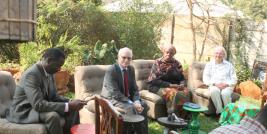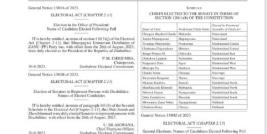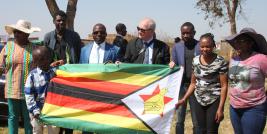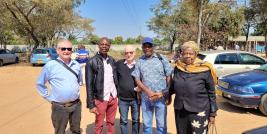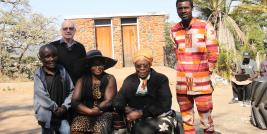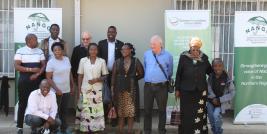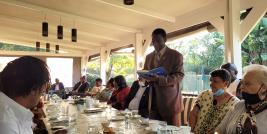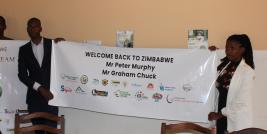June 24 is the day that the Zimbabwe Dollar was reinstated and transactions in foreign currency were banned, as the Mnangagwa government struggled to eliminate price manipulation and black market currency exchange that has been fueling 100 per cent inflation. There was a run on banks as some citizens tried to withdrew foreign currency, but this abated after two days. The Zimbabwe Congress of Trade Unions and a teacher union threatened a strike unless the measure was withdrawn. Tajamuka threatened a five-day stayaway from July 1, to culminate in a mass protest. Instead, the official floating exchange rate appeared to come close the black market rate of about 9.5 Zim Dollars to 1 US dollar. The stayaway did not take place, and ZCTU disassociated itself from the call.
So it appears for now that the currency reform is working to stabilise prices, although it comes at a time of terrible electricity outages, basic food and fuel shortages and ongoing problems with water supply.
There is a new head of the National Anti-Corruption Commission, Justice Loice Matanda-Moyo, and she has grabbed a new Auditor-General’s Report, which had startling revelations, to threaten rapid legal action, and this was echoed by the ZANU-PF Youth wing publishing a list of corrupt party figures and also calling for action.
However, the opposition MDC has maintained its stance that it won the July 31 2018 elections and that it won’t dialogue with the government concerning the national crisis. And the US government has underlined its demands for action against soldiers who shot civilians in protests on August 1 2018 and in January 2019, along with other reforms. The Mnangagwa government remains mired by its refusal to uphold basic freedoms by substantive amendment of its Public Order and Security Act.
Zimbabwe Information Centre, Australia
July 9, 2019

